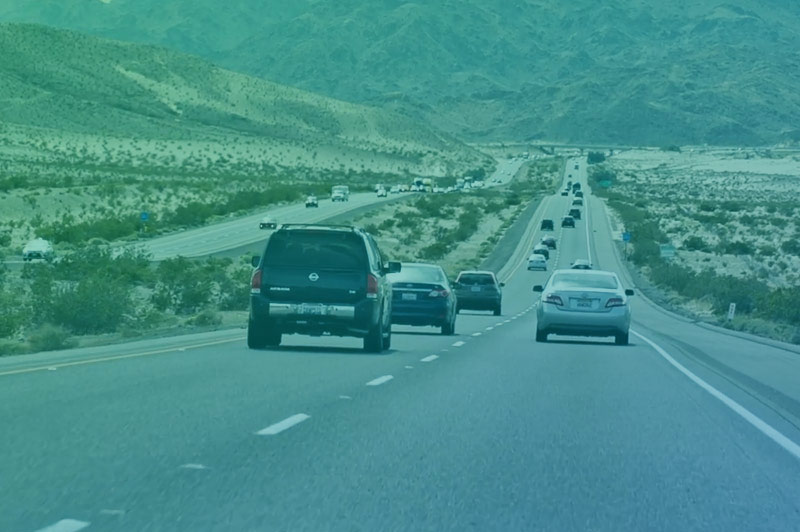With a total length of 72,000 km (approximately), national highways in India carries about 40 per cent of the total road traffic. And, the rapid expansion in the passenger and freight traffic calls for improving the road network in India. Considering this, the Government of India launched major initiatives to upgrade and strengthen national highways through various phases of National Highways Development Project (NHDP), which was launched in 1998 with the objective of developing roads of international standards that facilitate smooth flow of traffic. Under NHDP, the government plans to develop roads with enhanced safety features, better riding surface and grade separators, among others.
Highway traffic management solutions (HTMS) can be of great help in developing world-class highways in India. From variable message signs (VMS) to closed-circuit television CCTV, metrological stations to automatic traffic counters cum classifiers (ATCC), and radio communication systems to emergency call boxes (ECB), HTMS solutions have it all to make the life of toll road operators easier. And, Metro Infrasys has been sharing its expertise in the field of HTMS solutions for over 20 years.
Let’s read further to know more about HTMS solutions!
A highway traffic management system (HTMS)/advanced traffic management system (ATMS) involves a set of intelligently integrated roadside equipment that are connected to ensure a safe and secure journey, including smooth traffic movement and timely reaction to untoward incidents. It collects and analyses traffic data at a traffic control centre and relays real-time updates to drivers through mobile apps, variable message signs or radio. Further, an HTMS works on the automatic incidence detection technology.
A central control room (CCR) acts as the spine of an HTMS as it allows to control and regulate an entire section of the highway traffic. Besides providing real-time predicted traffic analysis to the road users, it helps to develop a standard operating procedure (SOP) for any incident. Also, CCR helps to track the lifecycle of the equipment installed along a highway section.
Besides a CCR, an HTMS/ATMS is hugely supported by the following:
Emergency Call Box (ECB)
Aimed at improving road safety, roadside emergency phones, also known as call boxes, that are pillared on either side of the road help ensure the fast and improved response in emergency situations like accidents. Notably, these use communication networks based either on optical fibre cables (OFC) or global system for mobile users (GSM).
Variable Message Sign (VMS)
This system allows to deliver real-time information to drivers. Variable message boards displaying real-time updates are strategically placed for the road users. Majorly, these intimate road users about speed limit, traffic flow or congestions, diversions, road closures or alternative routes, hazardous situations, work ahead, in-coming traffic situation, weather condition, date, time, temperature and the availability of public transport, among others.
Close Circuit TV (CCTV)
For the surveillance of a highway/road section, CCTV monitoring is preferred. CCTV cameras with pan, tilt and zoom features are placed at a suitable height for highway surveillance. Further, this feed enables CCR to integrate with video analytics software for the detection of any incident.
Automatic Traffic Counter and Classifier (ATCC)
This device detects, counts and classifies all traffic passing by. From measuring the speed of vehicles to sending timely reports, ATCC helps in assisting highway users big time.
Meteorological Data System (MDS)
Meteorological centres analyze weather conditions in order to inform drivers about any changes in the same as they travel.
Visibility Sensors
These can improve highway safety by providing immediate and accurate information about the weather and visibility conditions. Indeed, these are of great assistance to drivers.
Video Incident Detection Systems (VIDS)
This system assists infrastructure controllers to detect and solve problems in the network thereby increasing the safety level for drivers.
Speed Enforcement Cameras
In order to ensure safety, speed enforcement cameras with video analytics and radars are used to accurately determine the speed of the over speeding vehicle along with its number plate.
Cooperative Systems like Mobile Apps
These help transit and traffic authorities to decrease road congestion, estimate traffic situation in advance, estimate the arrival time of transit vehicles, and improve response time to incidents and road conditions.
